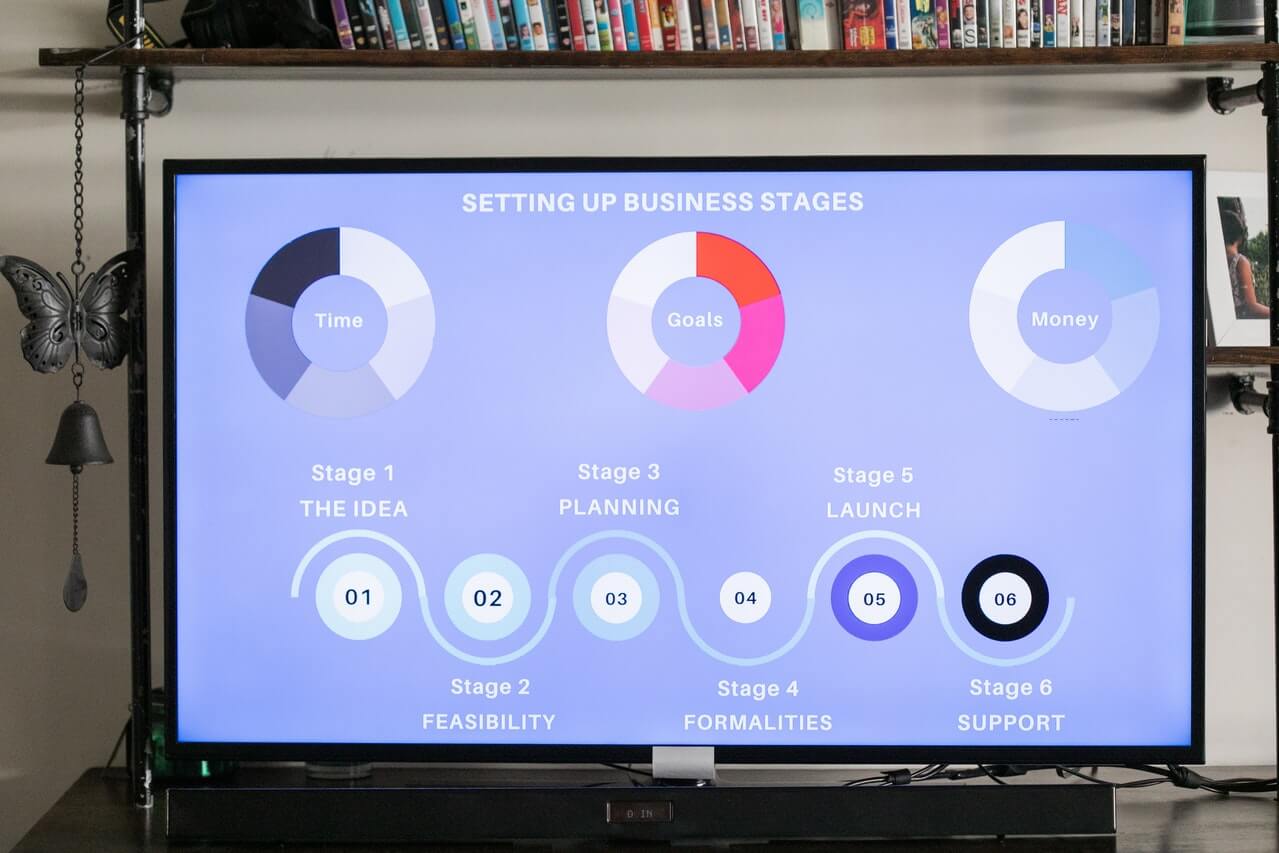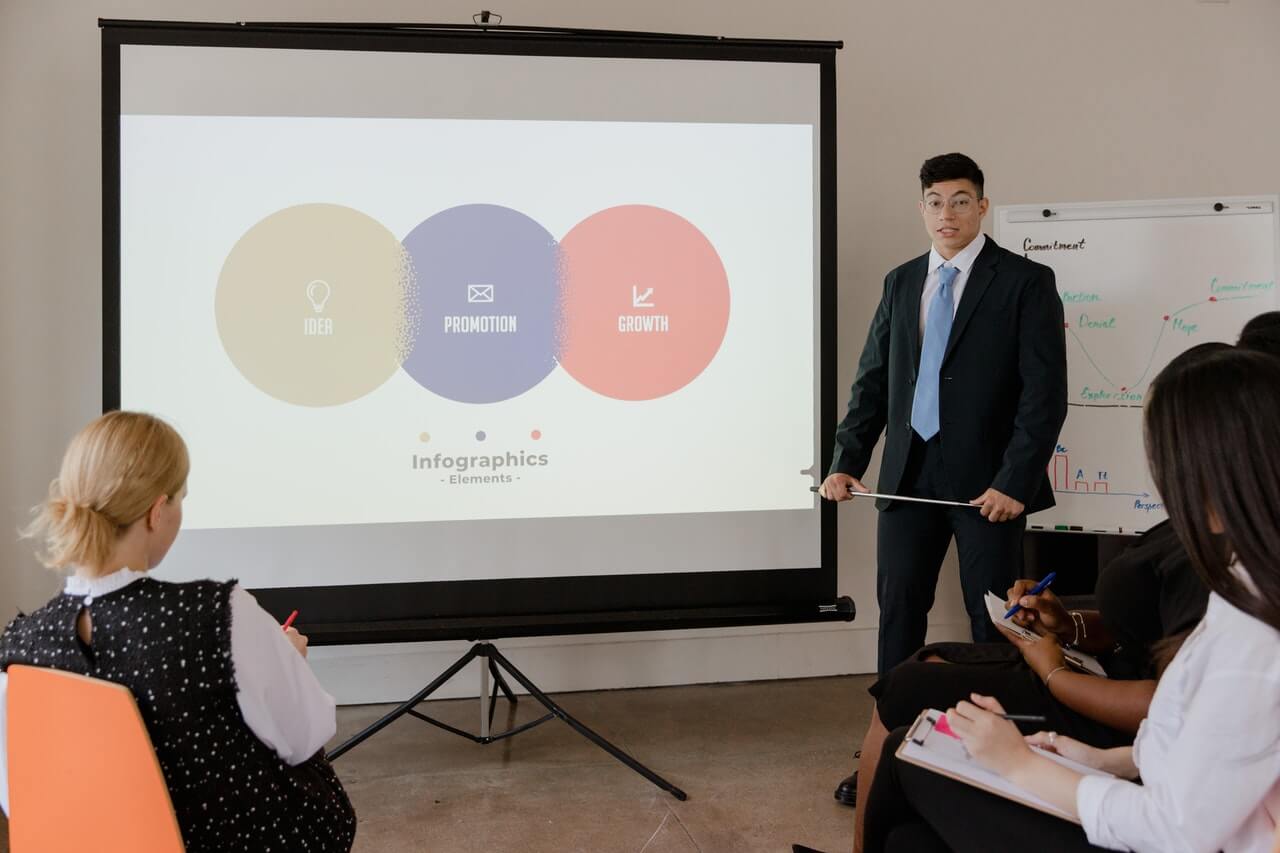Five Tips for Better Slide Delivery
There he stood, looking steadily at his slides projected on the screen. He stood like…
Our content is reader-supported. Things you buy through links on our site may earn us a commission
Never miss out on well-researched articles in your field of interest with our weekly newsletter.

Subscriber

There he stood, looking steadily at his slides projected on the screen. He stood like…

I know, I know, everyone else in your organization creates bullet pointed slides, complete with…

What does zone have to do with presentations skills? Mihaly Csikszentmihalyi, psychologist and author of…

When we struggle with performance of any kind, we often hear negative thoughts. I can’t…

How far have you come on this journey? Are you “there” yet? Sometimes it is…

W is for Words When we speak our thoughts must be translated and spoken in…

Think back to that U is for Unique the advice you received before you delivered…

In comedy, timing is everything, right? The same thing is true for speaking. In order…

We have been discussing using stories in your presentations.Part One discussed the compelling reasons for…

Storytelling Do’s Last time we talked about storytelling in presentations, and we named some of…

Maybe you have heard you should use stories to bring your content to life, but…

Perfect Rehearsals When you are preparing for a really important presentation, and you want it…

Now what about handling questions when they come your way? Some of us love questions…

During your presentation you ask a question…nothing. You crack a little joke…crickets. You start to…

P is for poise. What does poise mean to you? To me it is a…

As presenters, it is almost always wise to take a positive approach. Stress solutions when…